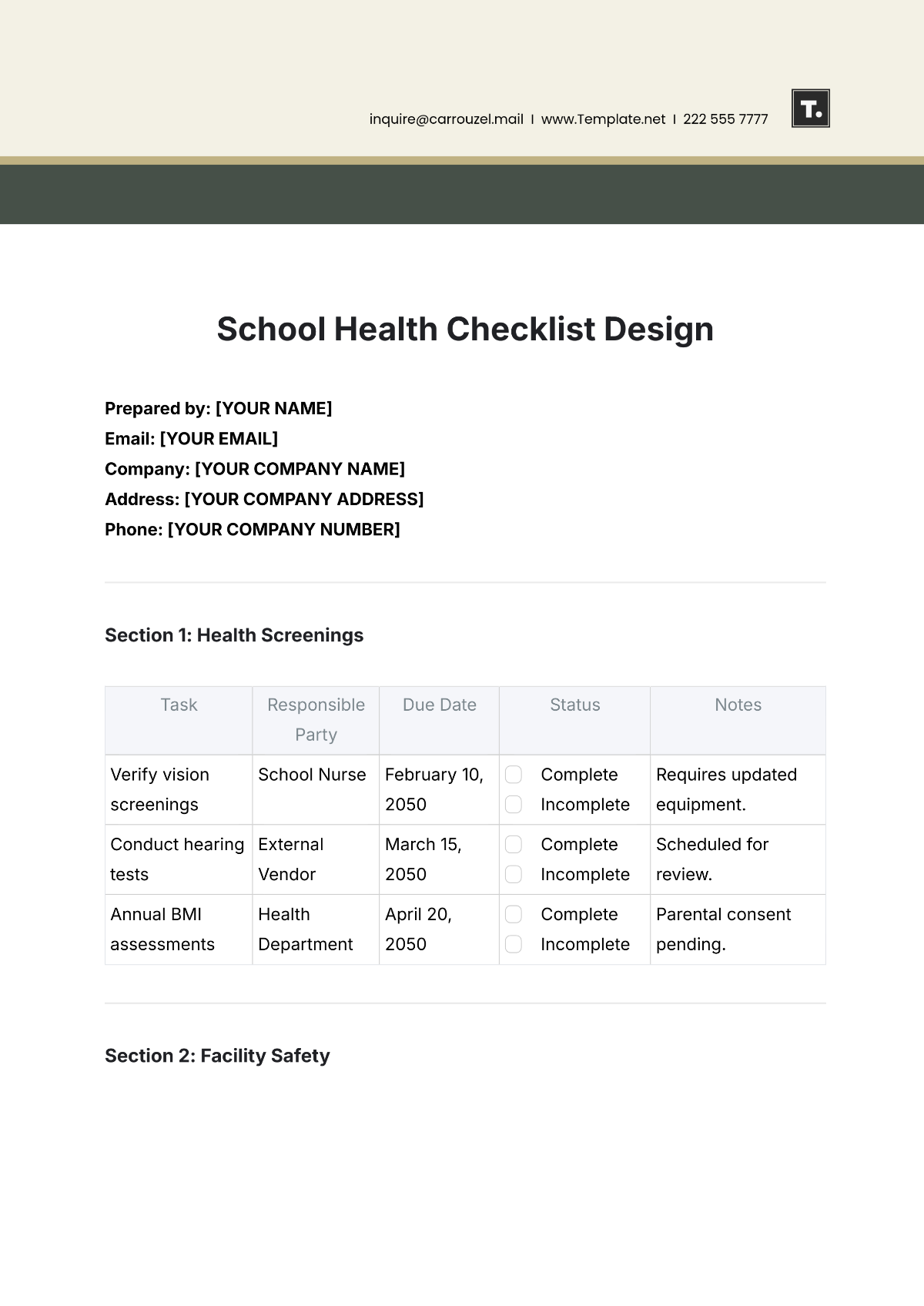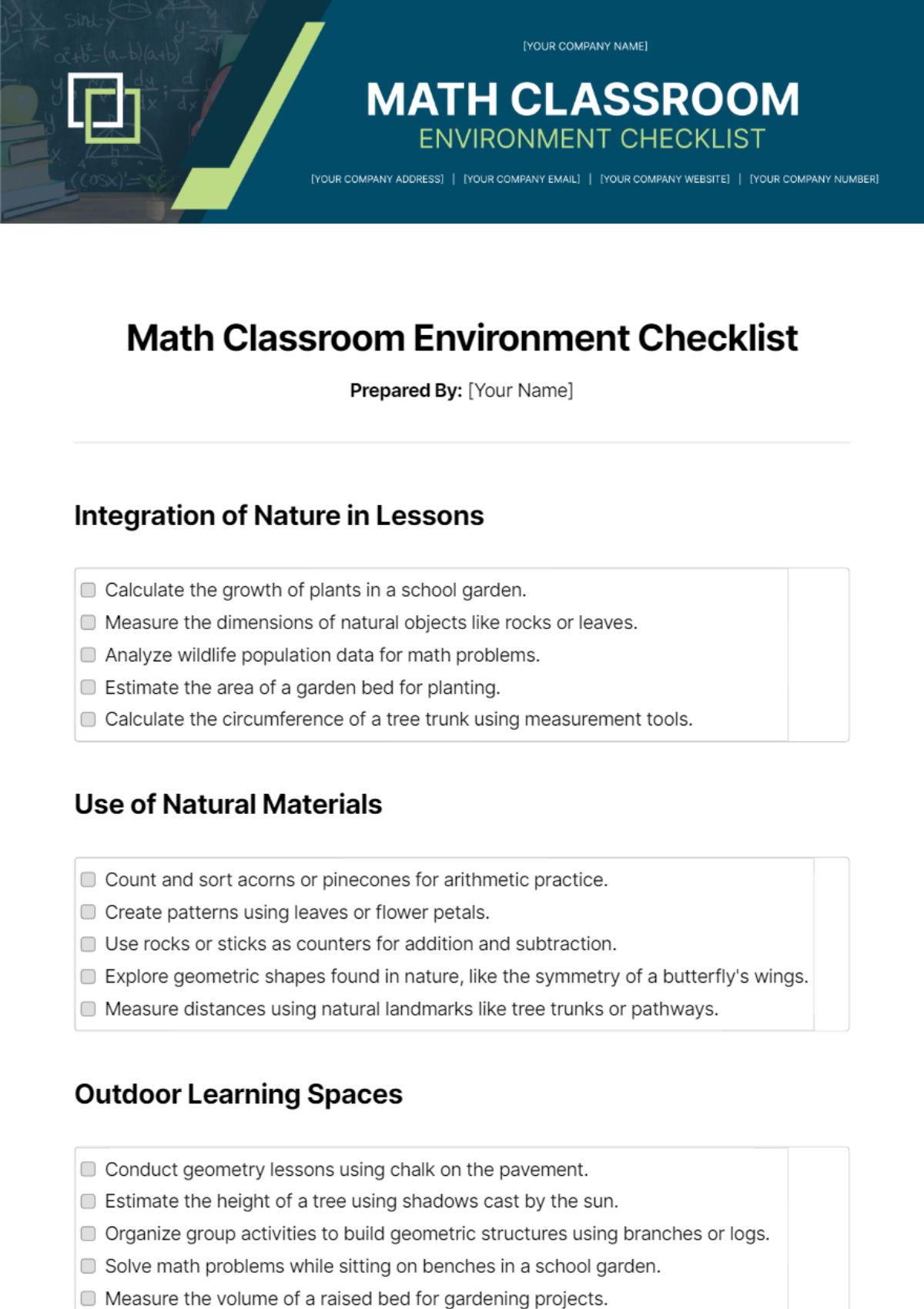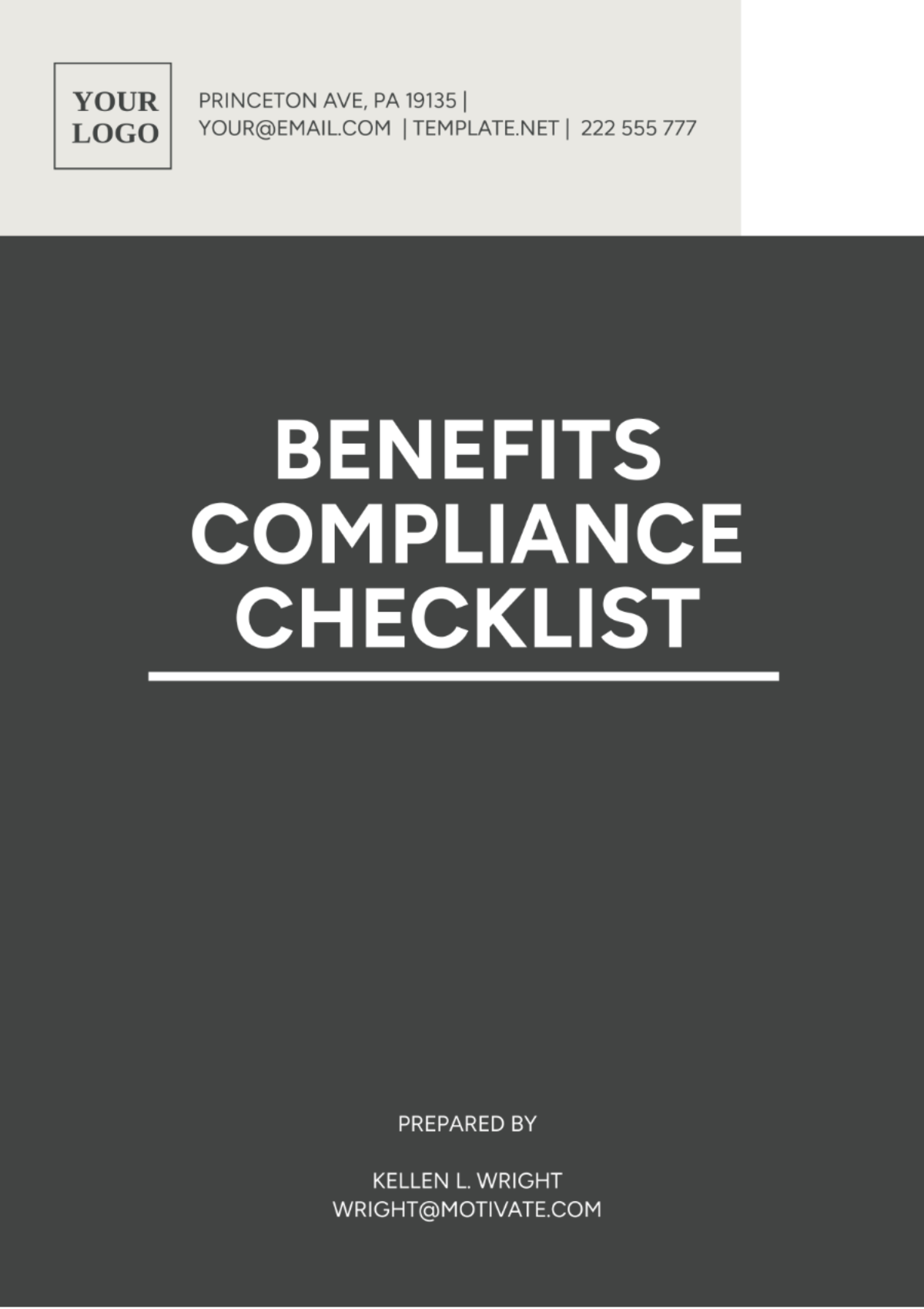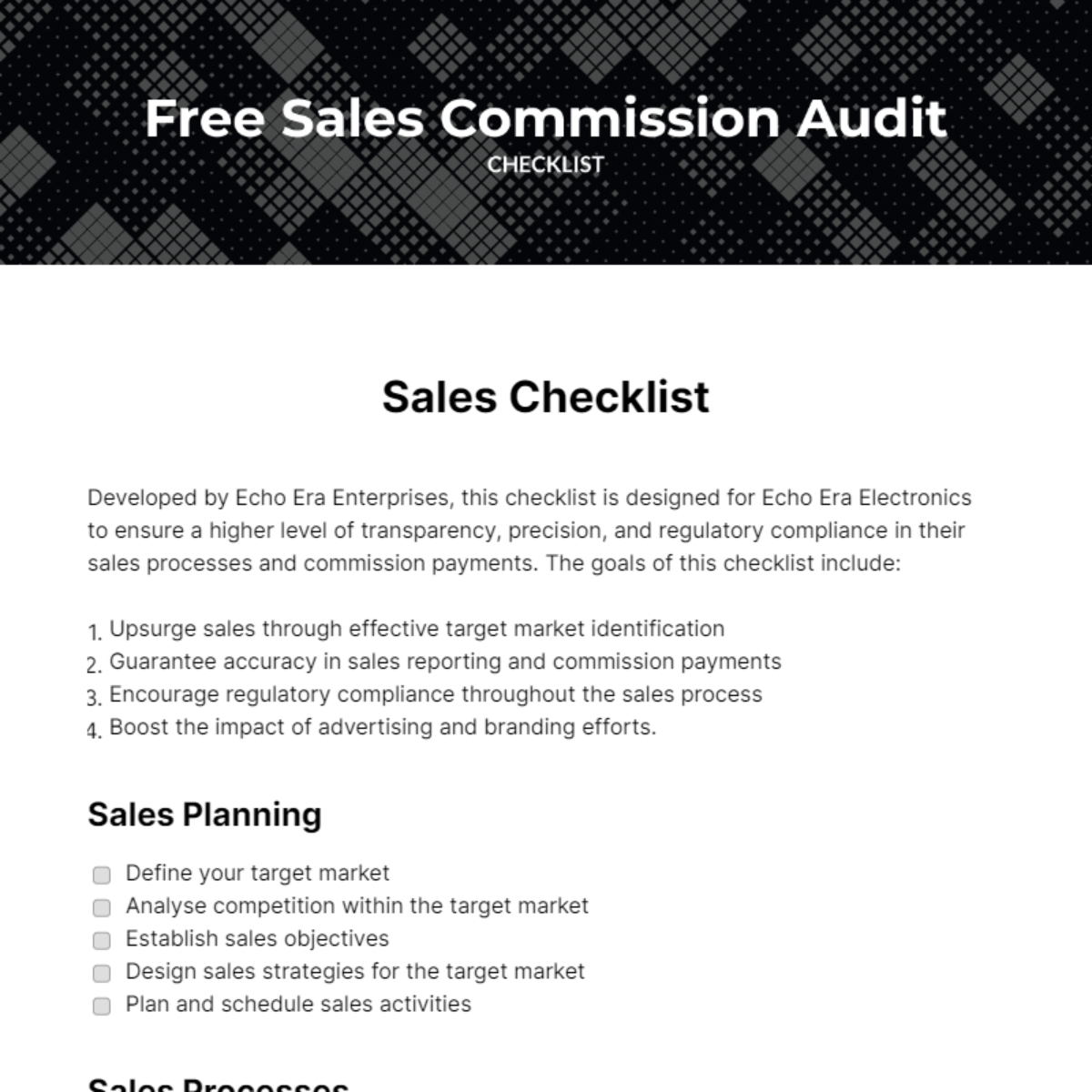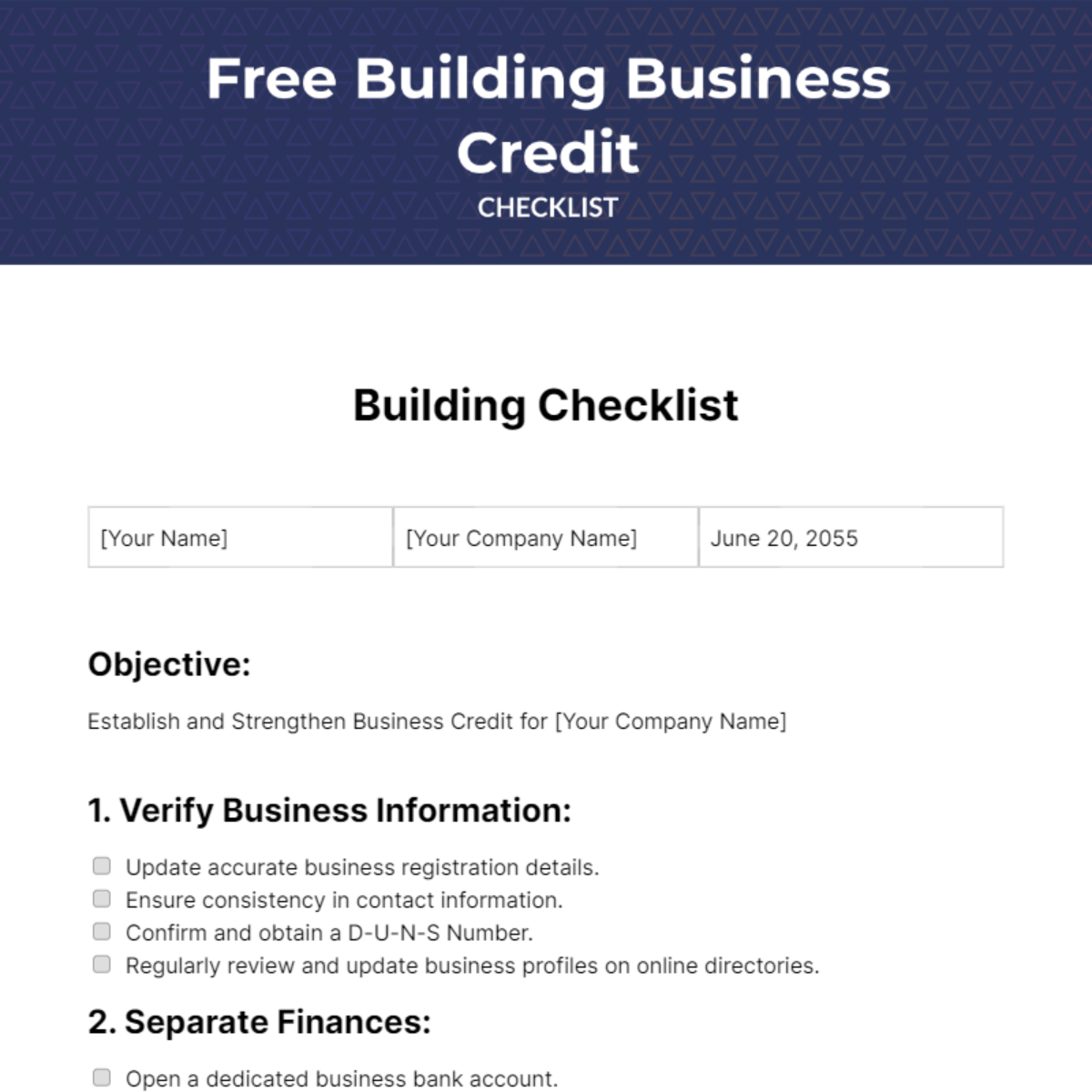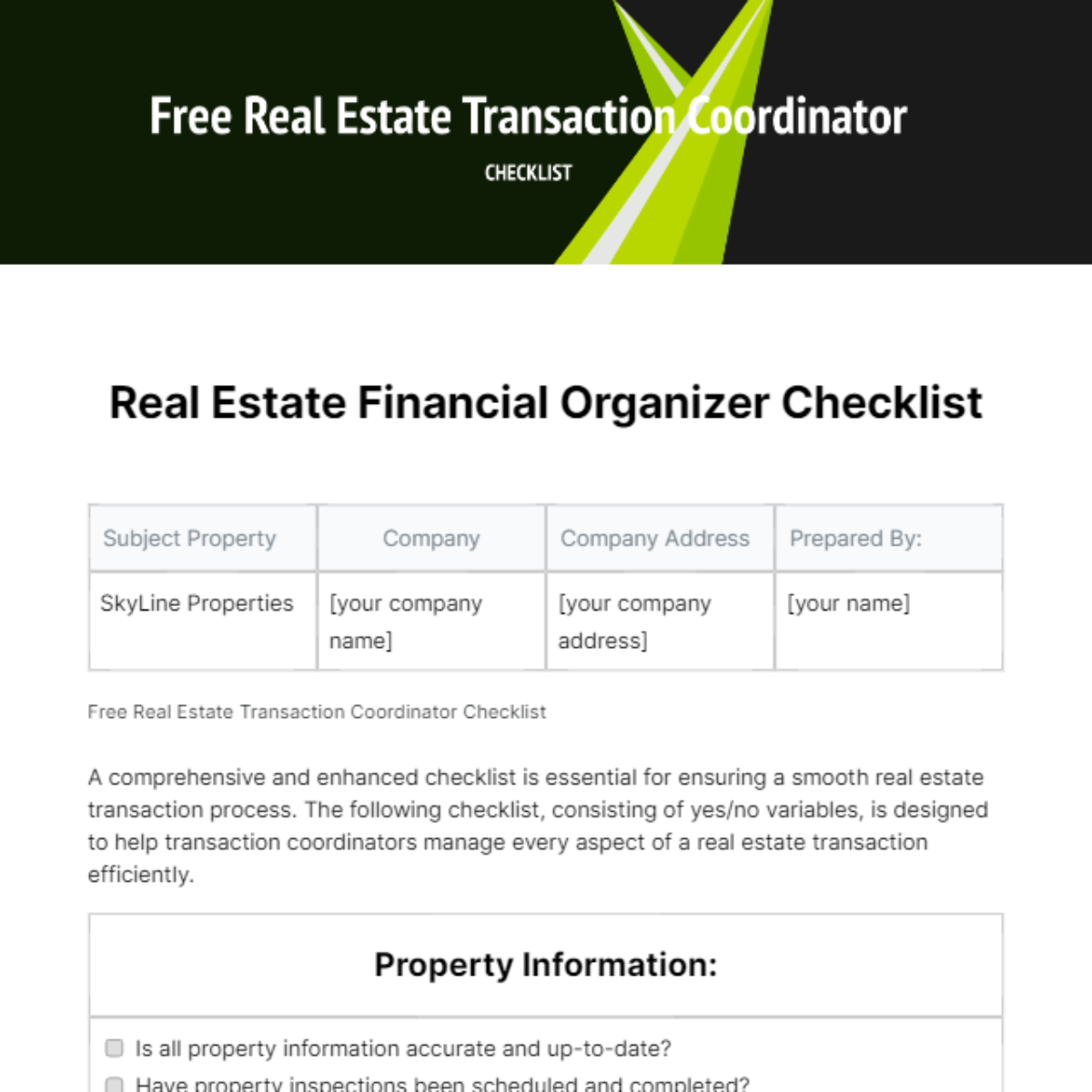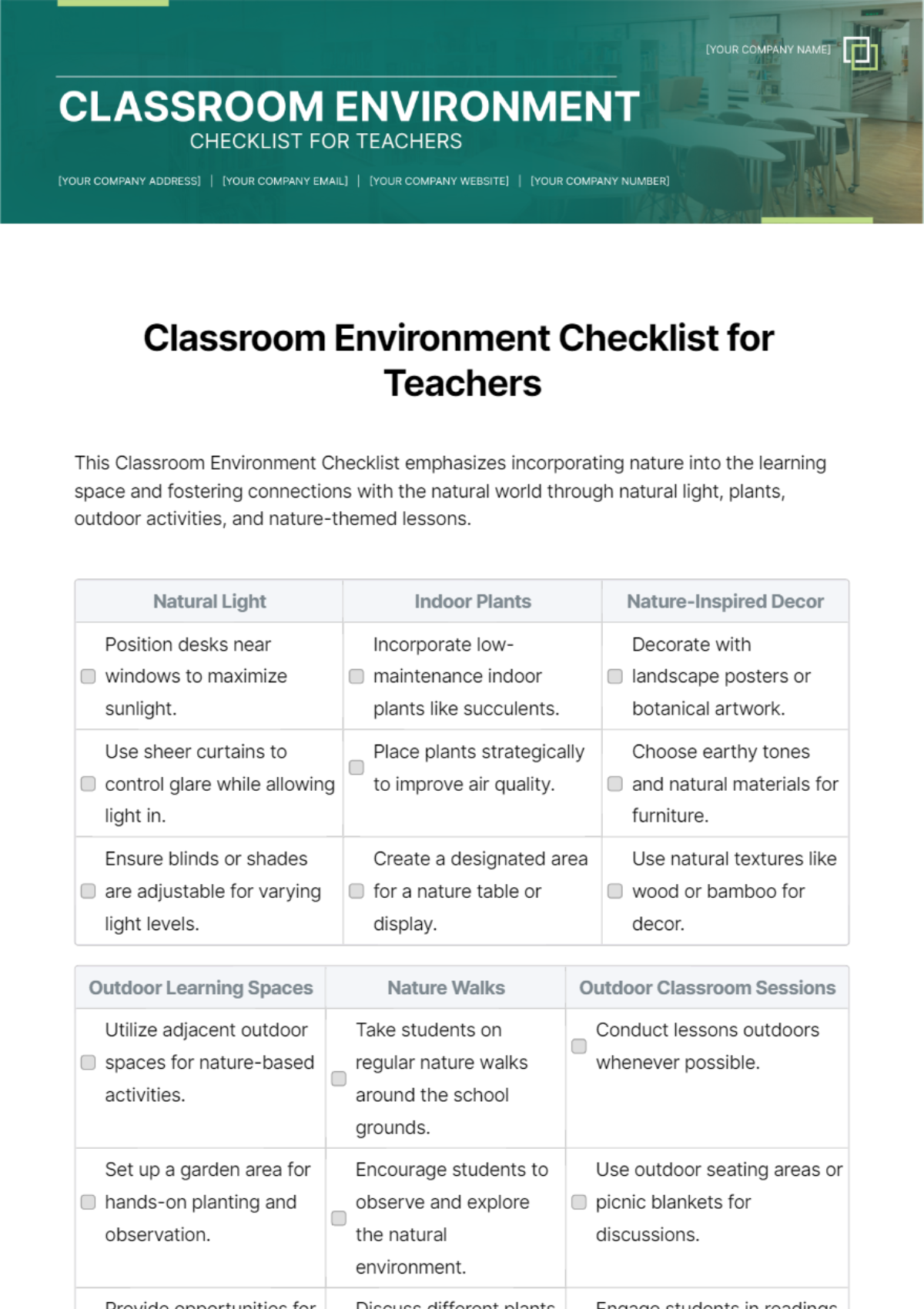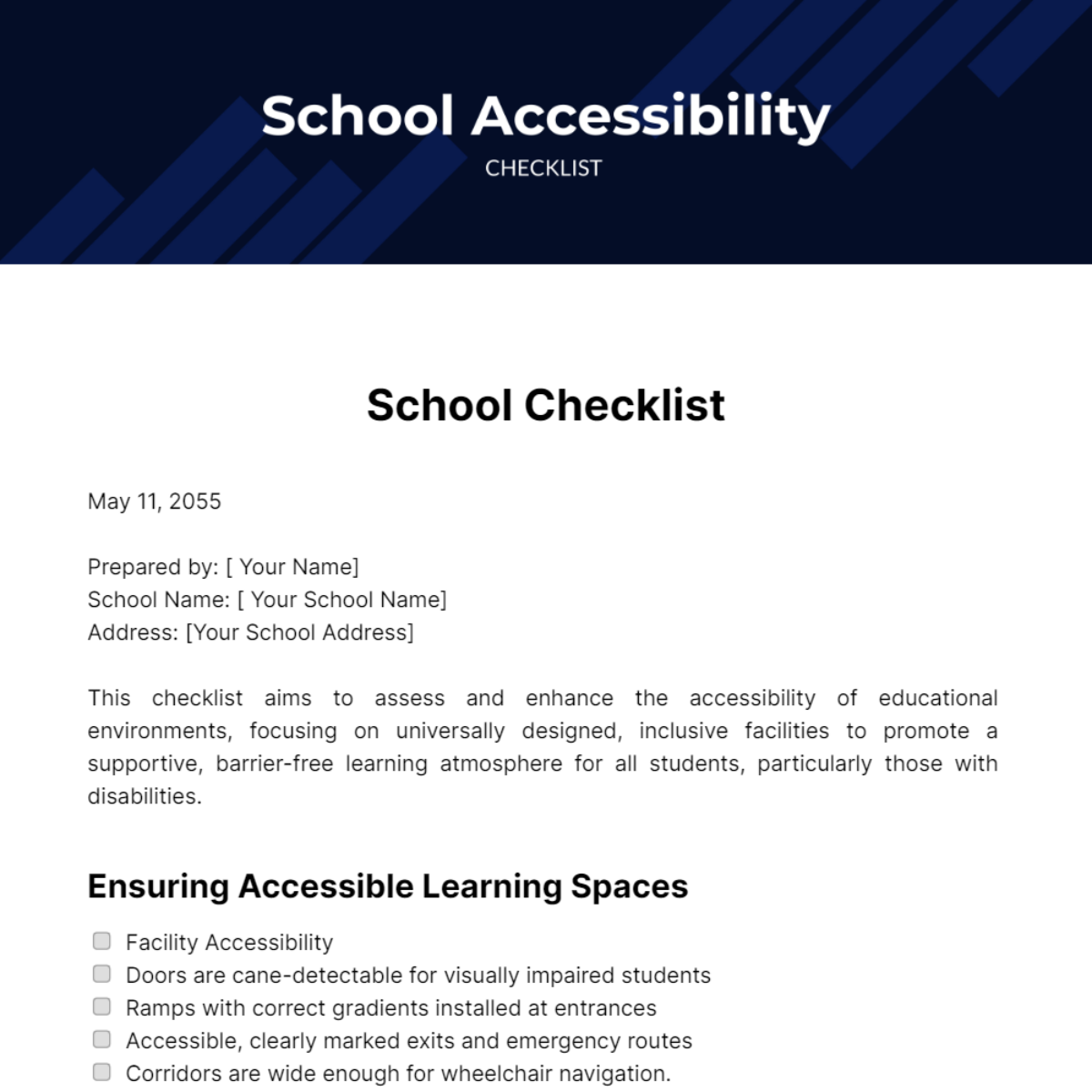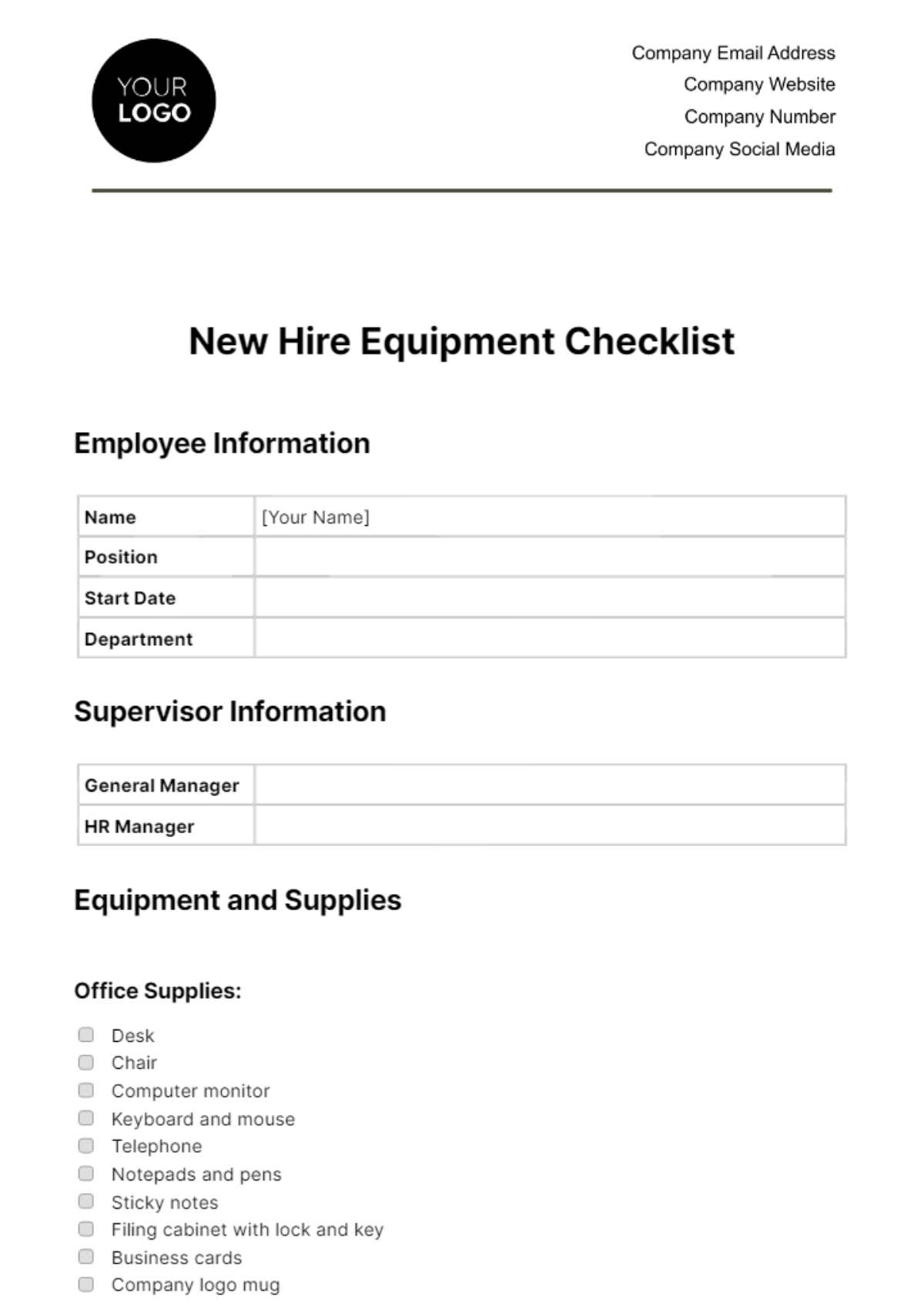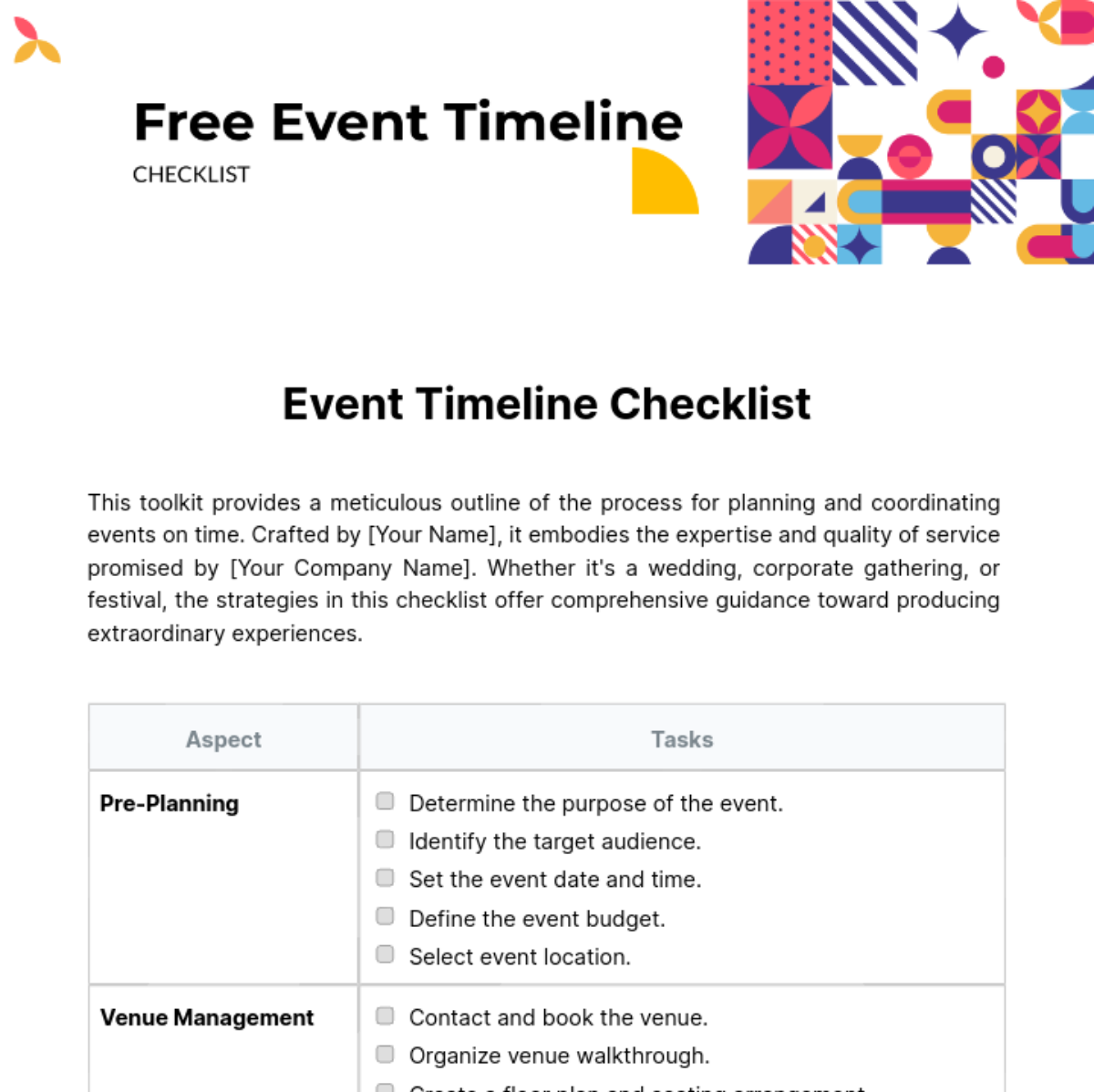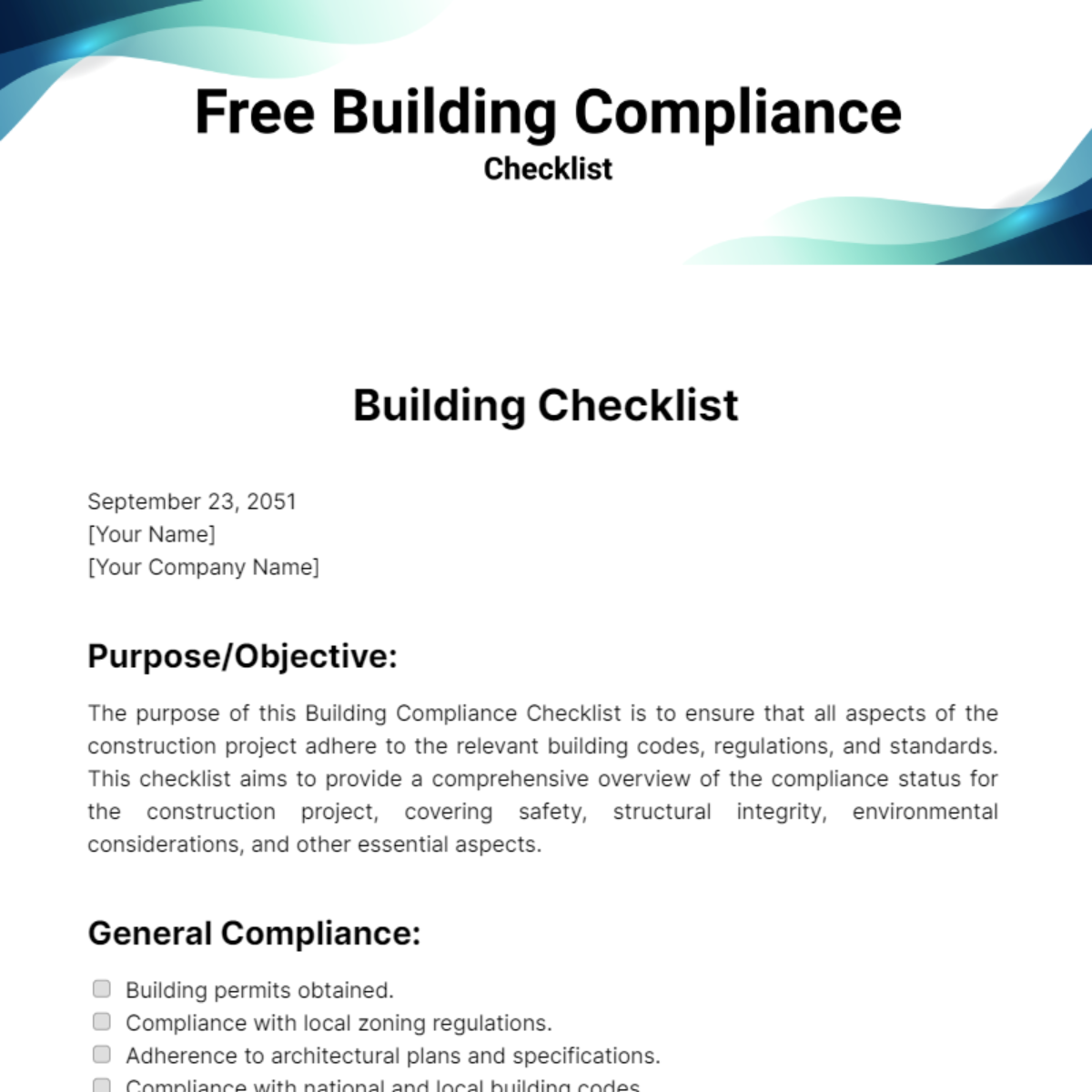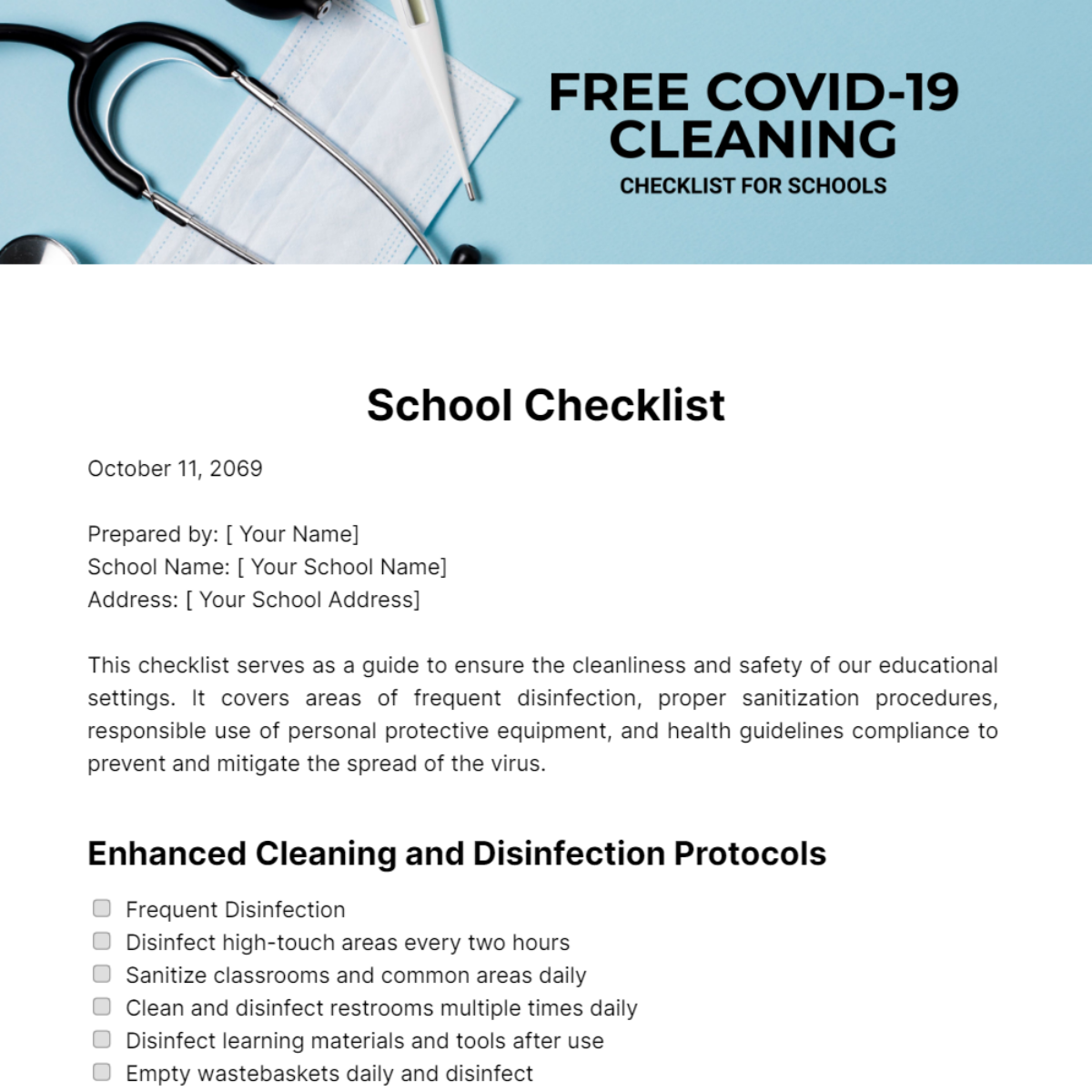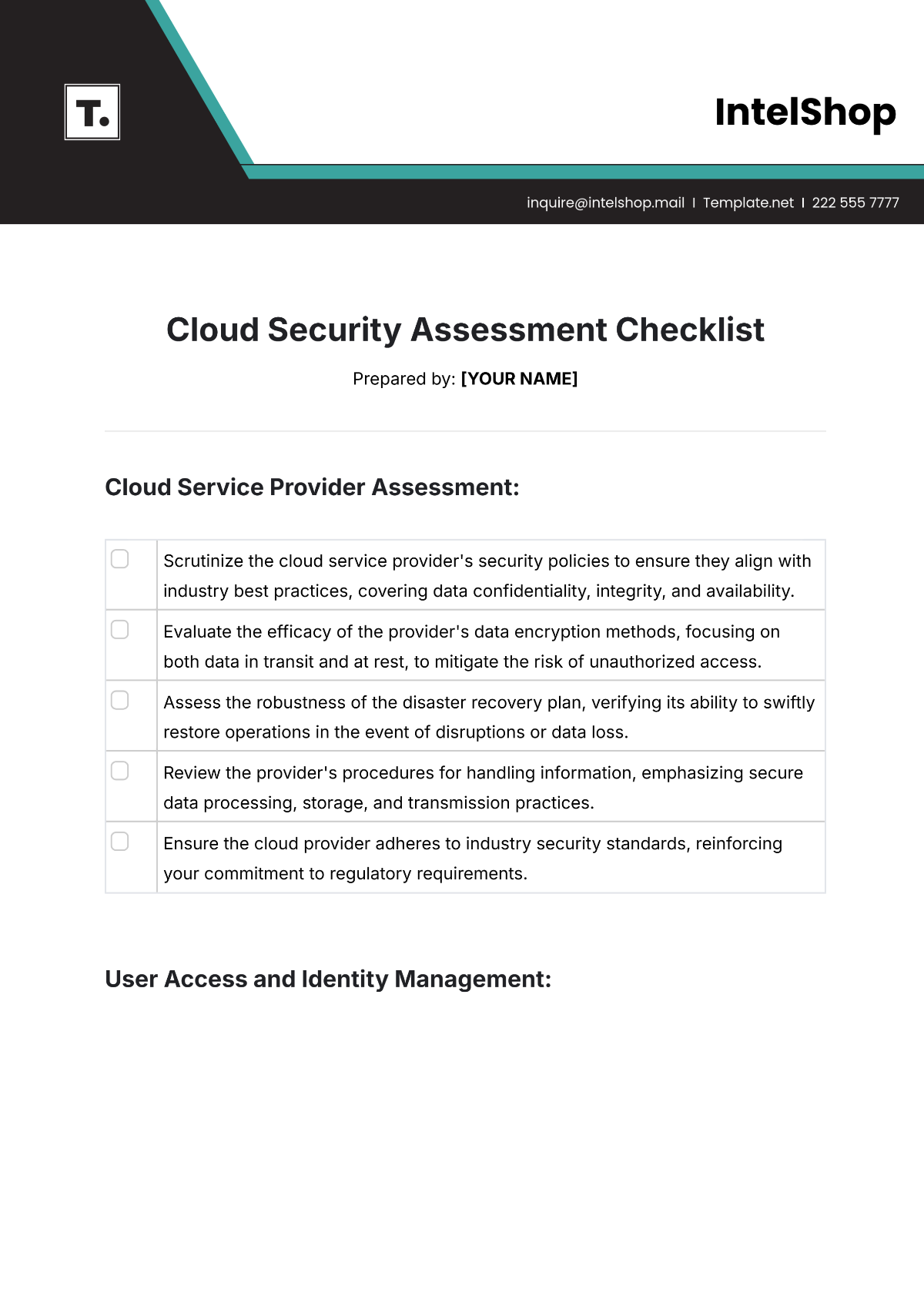Cloud Security Assessment Checklist
Prepared by: [YOUR NAME]
Cloud Service Provider Assessment:
Scrutinize the cloud service provider's security policies to ensure they align with industry best practices, covering data confidentiality, integrity, and availability. | |
Evaluate the efficacy of the provider's data encryption methods, focusing on both data in transit and at rest, to mitigate the risk of unauthorized access. | |
Assess the robustness of the disaster recovery plan, verifying its ability to swiftly restore operations in the event of disruptions or data loss. | |
Review the provider's procedures for handling information, emphasizing secure data processing, storage, and transmission practices. | |
Ensure the cloud provider adheres to industry security standards, reinforcing your commitment to regulatory requirements. |
User Access and Identity Management:
Verify the implementation of strong password policies, promoting the use of complex passwords to fortify user account protection. | |
Assess the implementation of two-factor authentication as an additional layer of security to thwart unauthorized access attempts. | |
Review and define user access levels and permissions, limiting privileges to the minimum necessary for operational tasks. | |
Scrutinize user activity logs for any signs of suspicious behavior, enabling swift detection and response to potential security incidents. | |
Ensure frequent audits of user access roles are conducted, guaranteeing the ongoing relevance and necessity of assigned permissions. |
Data Protection and Privacy:
Verify compliance with data protection regulations such as GDPR and CCPA, ensuring data processing aligns with legal requirements. | |
Examine data encryption and decryption processes to safeguard data confidentiality and maintain the integrity of sensitive information. | |
Assess the effectiveness of data loss prevention strategies to mitigate the risk of unauthorized data exposure. | |
Check for regular backups and reliable restore procedures to facilitate swift recovery in the event of data loss or corruption. | |
Review procedures in place to handle data breaches, emphasizing a swift and effective response to minimize potential damage. |
